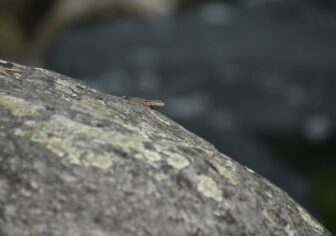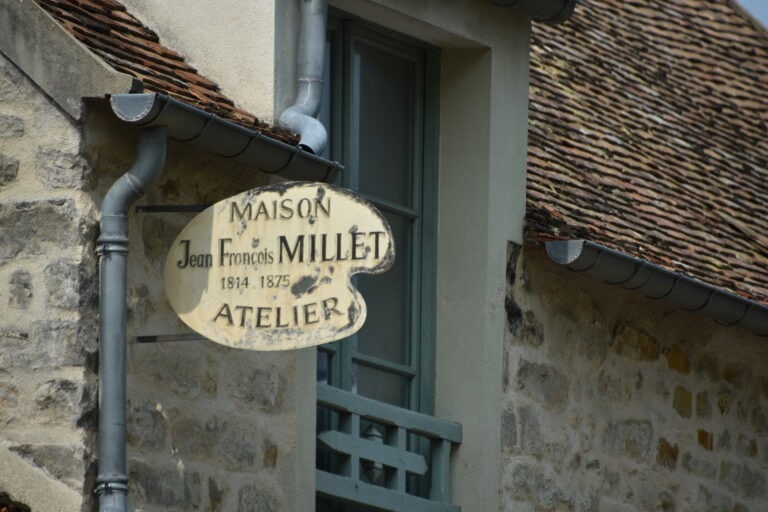
[July 2023] On our second day in Fontainebleau, France, our friends took us to Barbizon.
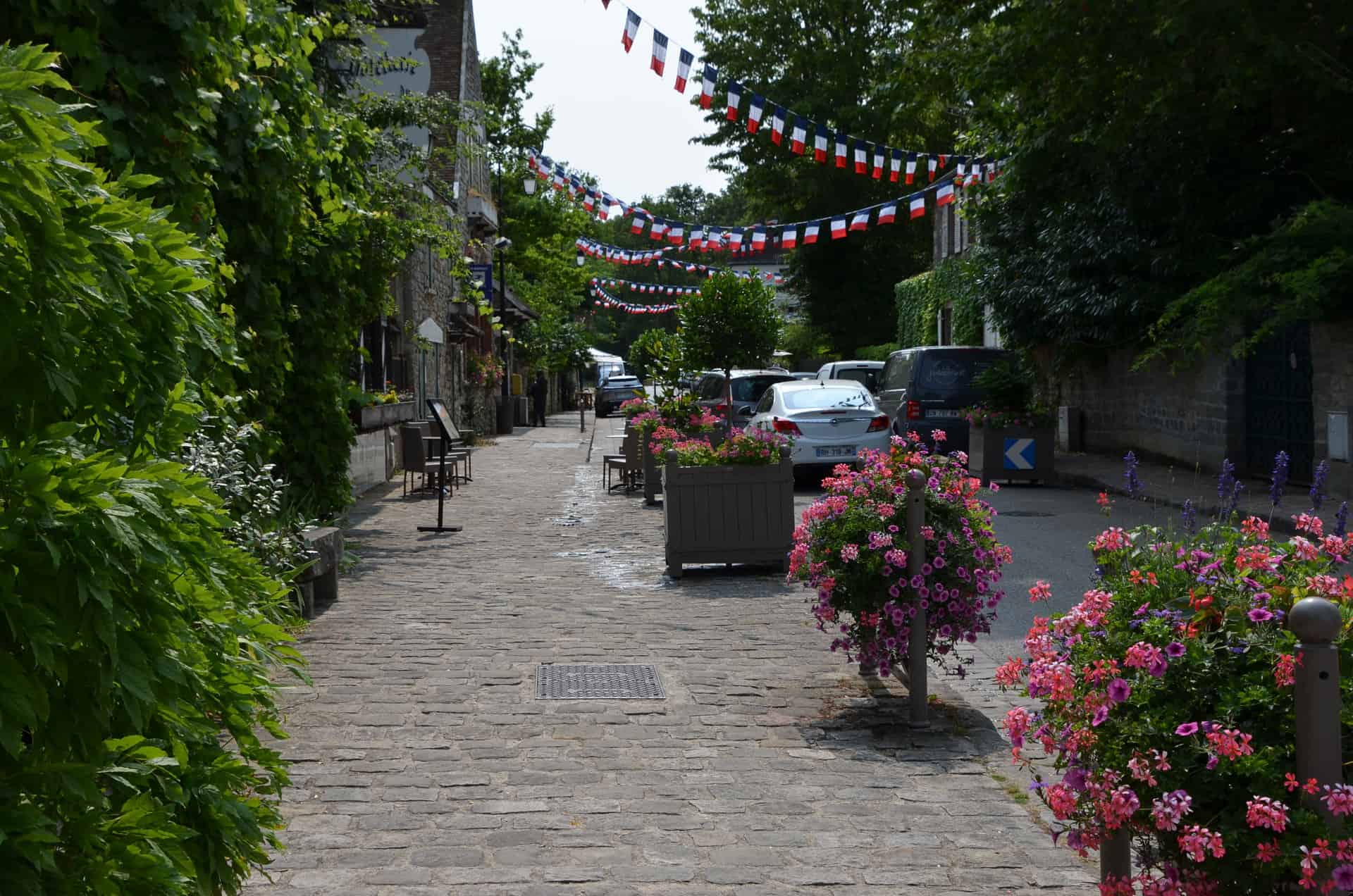
Barbizon is the name of the village where young painters of the 19th century gathered in search of a new career, and these people were called the “Barbizon School.”
I’ve known Barbizon as a word for a long time, but I do not think I knew that it was a small village with only one road.
There were cute houses on both sides of this road.
Perhaps because it was close to Revolution Day, there were many tricolor flags flying.
Here we visited the Millet Museum.
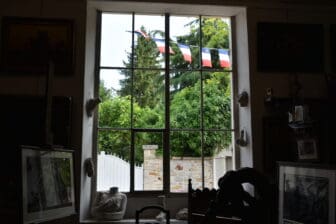
The atelier where Jean-François Millet, famous for works such as “Evening Bell” and “Gleanings,” created such masterpieces, is open to the public.
According to the pamphlet we received, he came here to avoid the cholera outbreak in 1849 and remained there for the rest of his life.
The studio is a former barn that Millet remodeled and has large windows to let in light.
The curator here is a gentle man who seems to really love Millet, and he explained a lot to us.
The museum exhibits a large number of Millet’s drawings, objects he used and so on but there are also paintings by other artists from the same period.
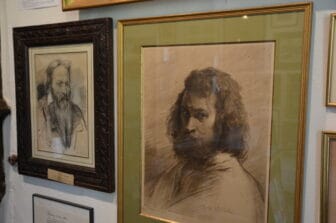
The curator told us that the painting that caught both my and my husband’s attention was by Jules Breton, a painter from around the same time who, like Millet, often painted peasants.
While Millet came from a poor farming family, Breton came from a wealthy family, and according to the curator, the way they painted farmers is completely different.
While showing us a book, he pointed out that Breton clearly drew each farmer’s face, while Millet blurred it out, and the difference in the backgrounds of the two characters is also reflected in the position of the farmland manager they painted.
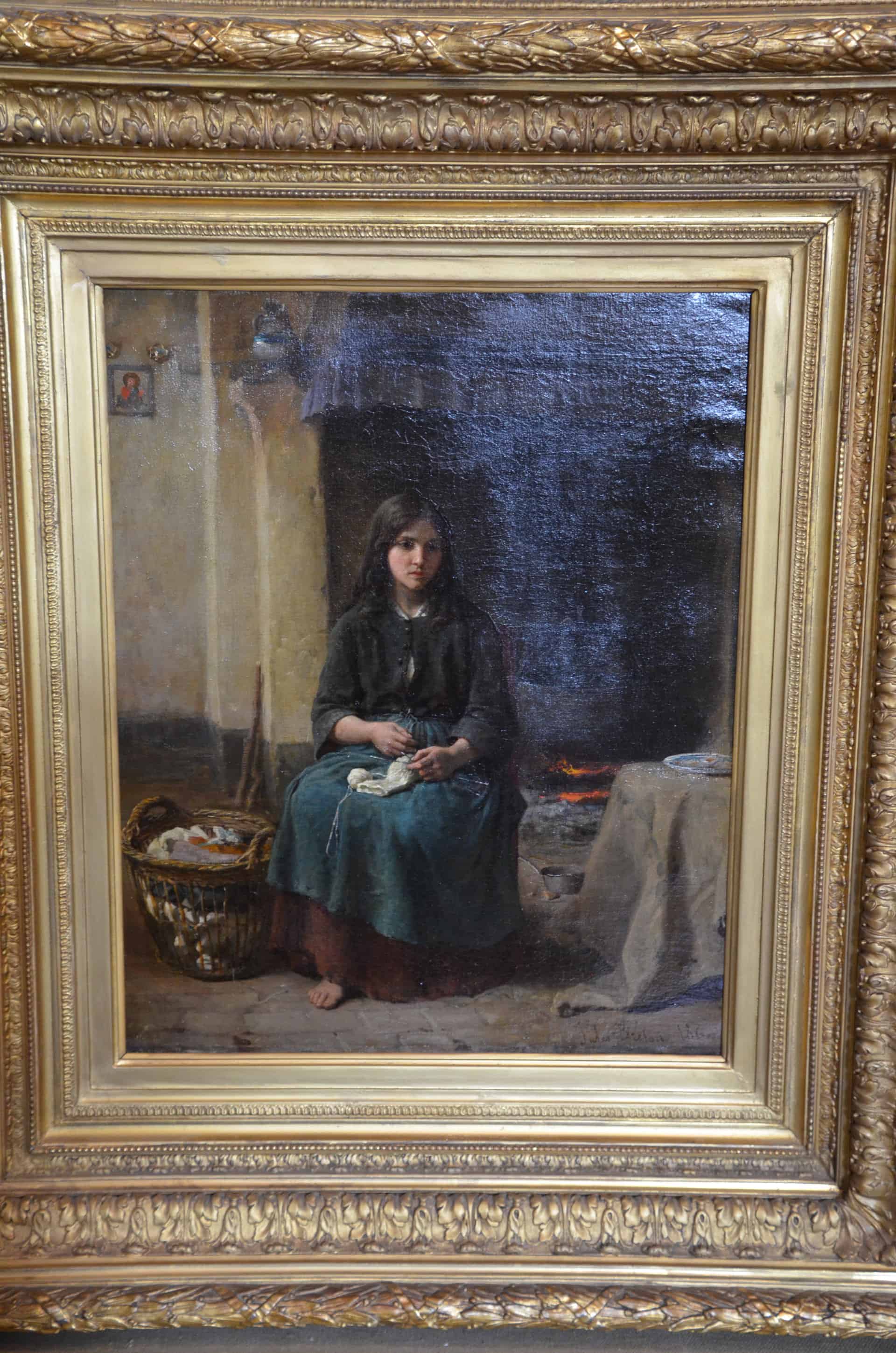
He also explained how Millet’s sketch of “The Sleeping Peasant” evolved into a work of art.
It is said that Millet sketched it, then let it rest for many years, carefully examining it before turning it into a painting.
Van Gogh, who was inspired by Millet, also painted sleeping peasants, and he also showed us that painting.
He truly was a man with knowledge that never ran dry, like spring water.
I’ve always liked Millet’s pale-toned paintings, but thanks to this curator, I felt much closer to Millet as a person.


